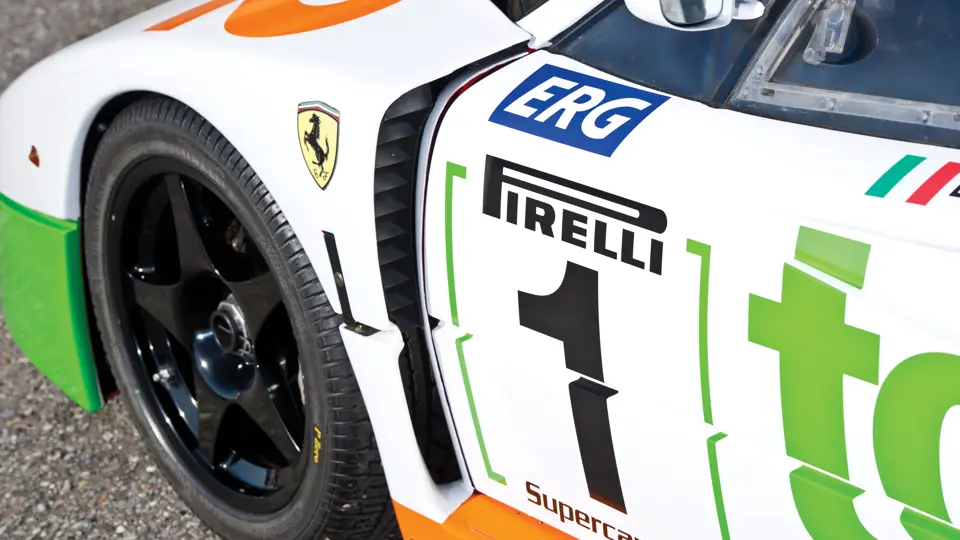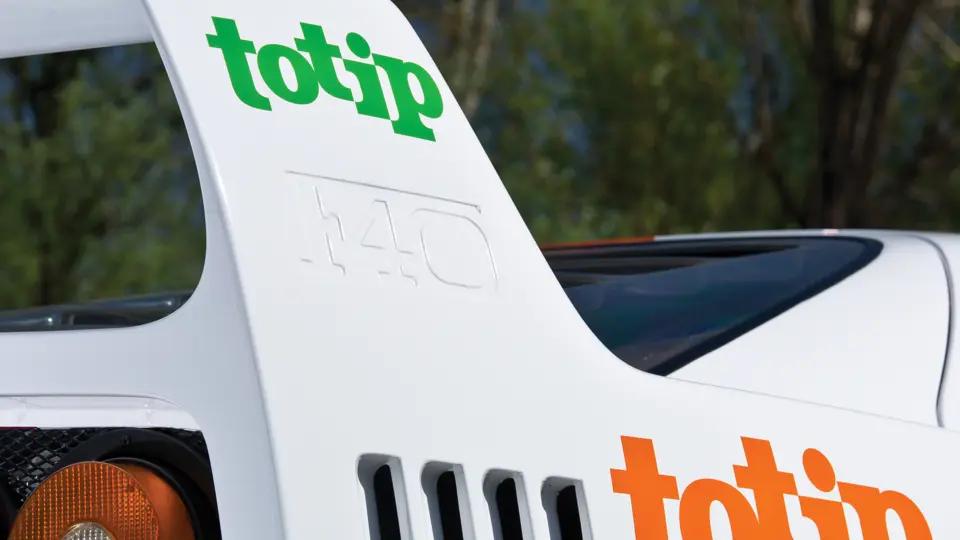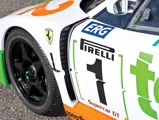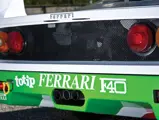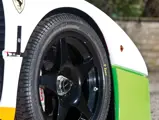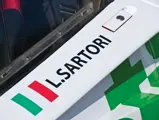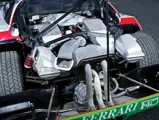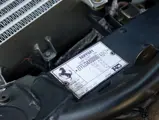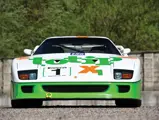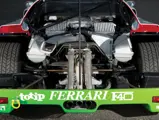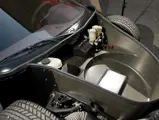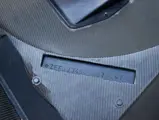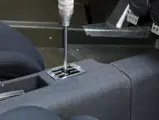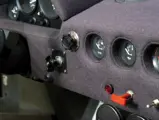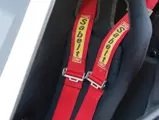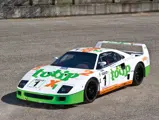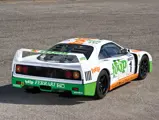590 bhp, 2,936 cc dual overhead camshaft twin-turbocharged V-8 engine, five-speed manual gearbox, independent front and rear double-wishbone suspension, and four-wheel vented Brembo disc brakes. Wheelbase: 2,450 mm (96.5")
• One of about eight F40 prototypes
• One of seven cars upgraded to F40 GT specifications by Michelotto
• Successful racing pedigree, 2nd overall in the Italian GT Championship
• Ferrari Classiche attestation
• Full build sheets from Michelotto
• 1987 Frankfurt Motorshow car
With its ferocious performance and scintillating aerodynamic styling, Ferrari’s F40 has often been called the greatest supercar ever built. The model recalled Maranello’s revered tradition of sport/racing cars during the 1950s and early 1960s, conceived as a race-ready Ferrari that could be driven to the track with the manners of a road car. Claiming the distinction as the last model engineered under Enzo Ferrari’s leadership, the appropriately named F40 commemorated four decades of Ferrari production.
Ferrari took a two-pronged approach in its development of the F40, announcing on 16 July1986 that Pininfarina would be responsible for the car’s body design. Ferrari Engineering, the company’s advanced studies department, was responsible for the mechanical foundations, which were based on a competition-intended version of the twin-turbocharged 288 GTO model that never campaigned due to racing rule changes. Increasing the GTO engine’s displacement to 2,936 cc, Ferrari’s engineers managed to squeeze 478 bhp from the V-8, which in combination with a low body weight gained from extensive use of carbon fibre and Plexiglas, delivered speeds in excess of 200 mph.
Not long after the F40’s official début at a July, 1987 press conference in Maranello, discussions of a special competition-prepared version emerged, and the necessary tuning and modifications were entrusted to Giuliano Michelotto, whose work on the Lancia Stratos rally cars and the Ferrari 308 IMSA cars had earned him due praise. Michelotto’s conversions of several stock F40 examples into so-called F40 GT specifications were then sold by the factory to privateer racers. The GT modifications, which employed an even lighter body by the renowned restorer Dino Cognolato, proved to be a forerunner to more purpose-built racing versions, such as the F40 LM and the F40 LM Evolution.
This extremely rare F40 Prototype/GT combines a number of unusual distinctions to result in highly desirable provenance. This car is the sixth of approximately just eight F40 prototypes that were used by the factory for testing, each with an individual purpose or application. There is a strong likelihood that 74047 is the prototype that was used primarily for press conferences and display at public events, as it was exhibited at the 1987 Frankfurt Motor Show on the stand of Auto Becker, an official German importer of Ferraris. A month later, the car was spotted at the Ferrari Club Italia meeting in Imola. Original Michelotto build sheets indicate that 74047 was upgraded prior to its public displays, receiving extensive GT modifications between May and July of 1987, where it was, in fact, referred to as an F40 LM. For the first years of its life, 74047 was owned and registered by Ferrari SpA on Modena number plates.
In 1991, 74047 returned to Michelotto for further race-oriented improvements, and the car is believed to be the first of seven F40 examples to receive such conversions. These modifications included lowering the ride height by five centimetres, tuning the engine for an increase to approximately 590 bhp, upgrading the Brembo brakes, installing a racing uniball suspension, a quick-fill fuel system, extra NACA cooling ducts, a fire system and wider Speedline wheels. Original Michelotto invoices reflecting the exact modifications are included with the car’s documentation, significantly enriching the strength of the car’s recorded history.
Following GT conversions, 74047 was sold to Luca Sartori, an Italian private racer who campaigned the car in the début 1992 season of the newly formed Gran Criterium Supercar GT series. 74047 took the checkered flag twice and placed 2nd six times during the 1992 season, resulting in an impressive 2nd place overall season finish. In preparation for the 1993 season, this F40 GT returned to Michelotto for further upgrades to remain competitive under new C.S.A.I. GT specifications. Repainted in Ferrari Club Italia colours and campaigned again in the Criterium, now renamed the Italian Supercar GT Championship, 74047 finished 2nd three times. A year later, in the same series and finished in white with ToTip livery, the car placed 1st twice, with two more 2nd place finishes.
74047 was subsequently acquired by a renowned collector in Milan and has since been sparingly driven and dutifully maintained. Now offered in its ToTip racing livery and benefitting from a comprehensive check by leading Ferrari dealership in Milan, Rossocorsa, it is a faithful reminder of its most successful competition campaign. This extraordinary F40 Prototype has recently received attestation from Ferrari Classiche, including a comprehensive white binder of factory-certified, point-by-point evaluations, confirmation that it retains its original engine as well as its racing career.
From the extreme rarity of its identity as an F40 prototype and one of very few officially upgraded F40 GT specification cars, as well as its documented and highly successful racing history and display at the 1987 Frankfurt Motor show, this beautifully presented and blisteringly fast F40 Prototype/GT is one of the most desirable examples of the celebrated supercar ever offered for sale. In addition, it would crown any collection of Maranello racing machines or road cars; it is road registered and promises its next caretaker wonderful provenance and performance as one of the marque’s most exactingly developed performers.

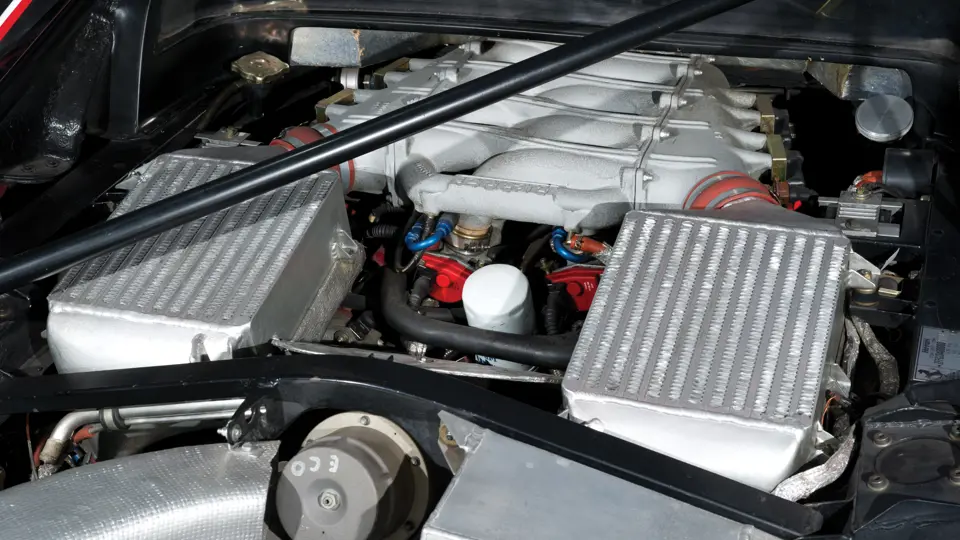


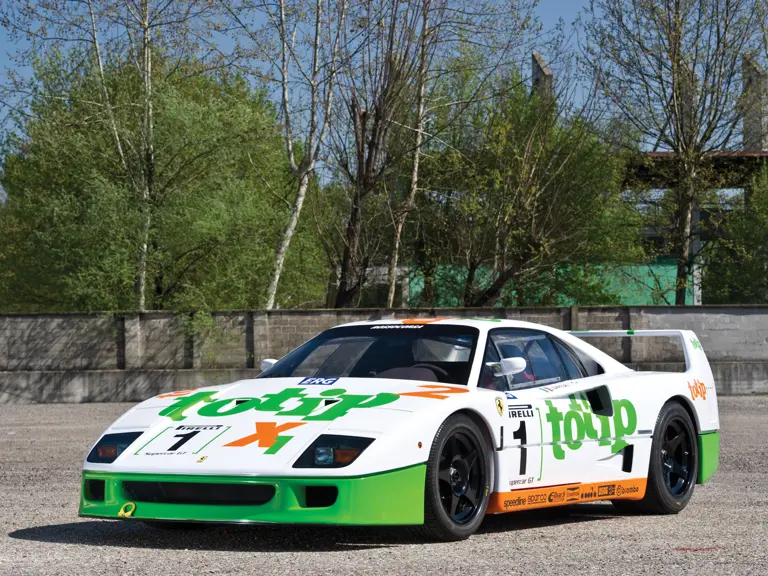
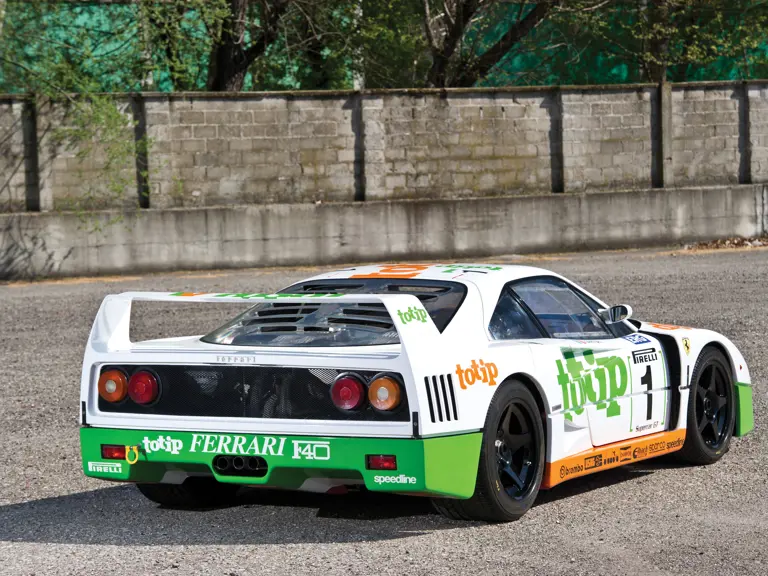

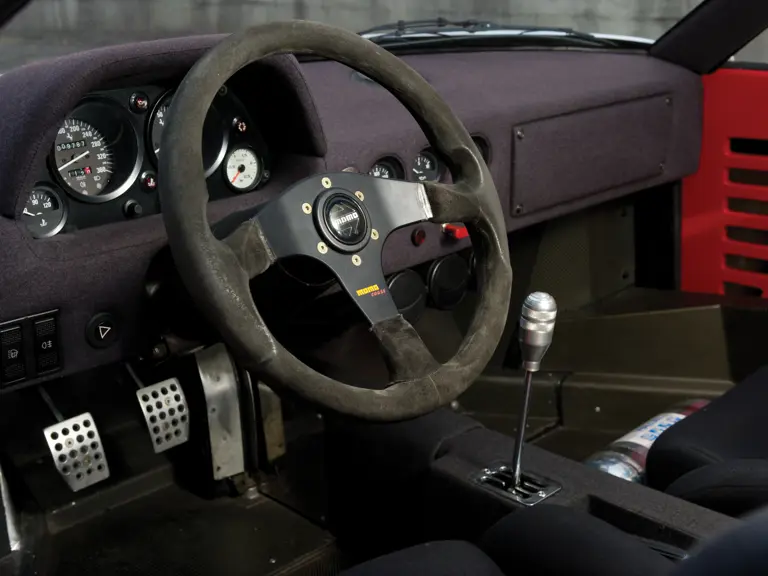
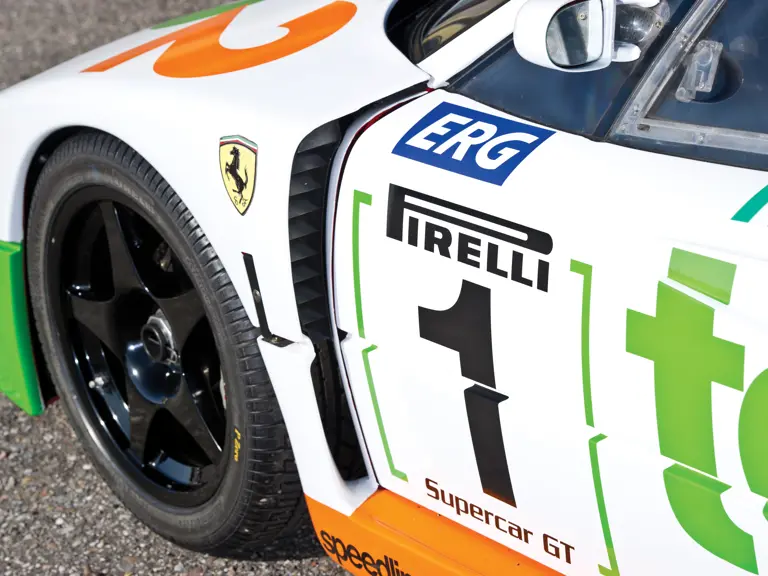
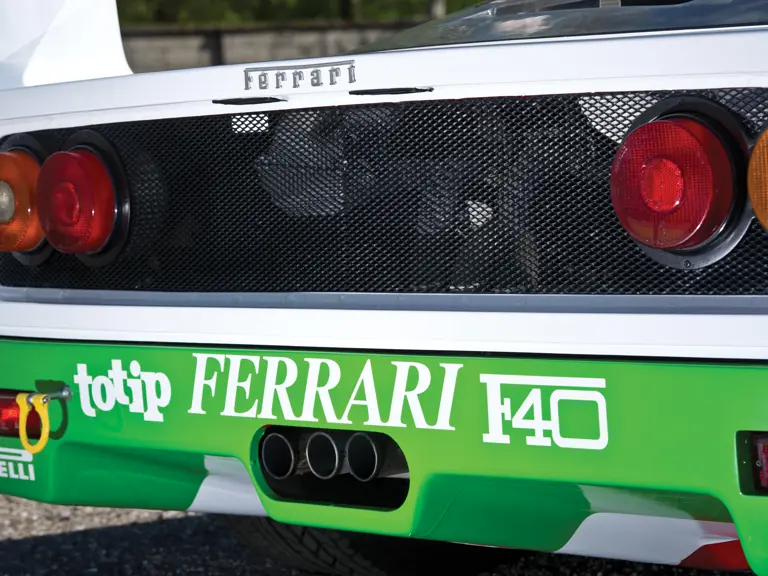
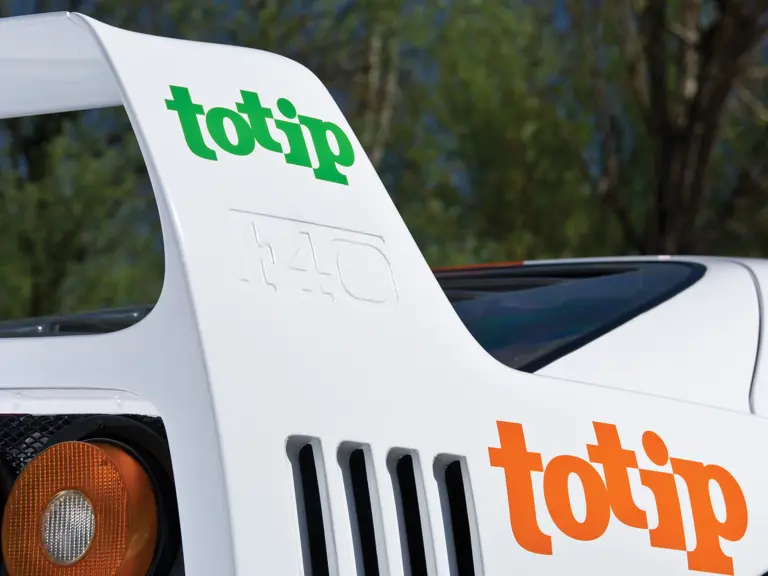
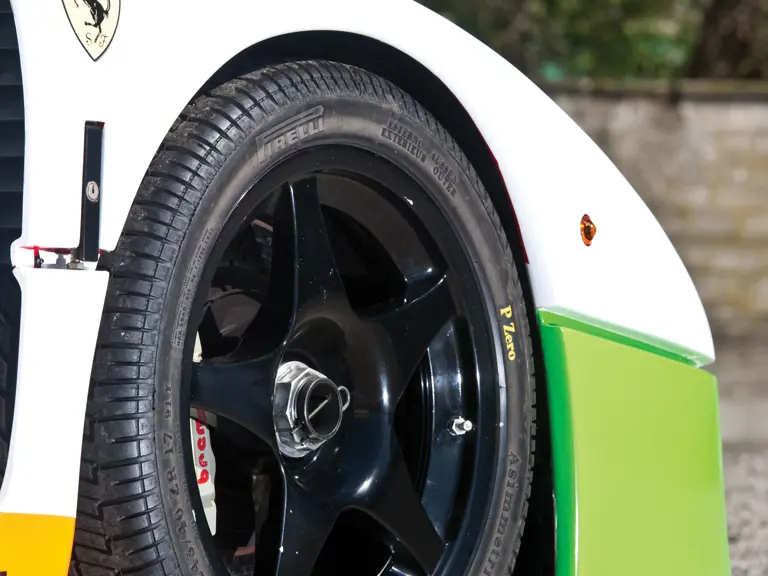

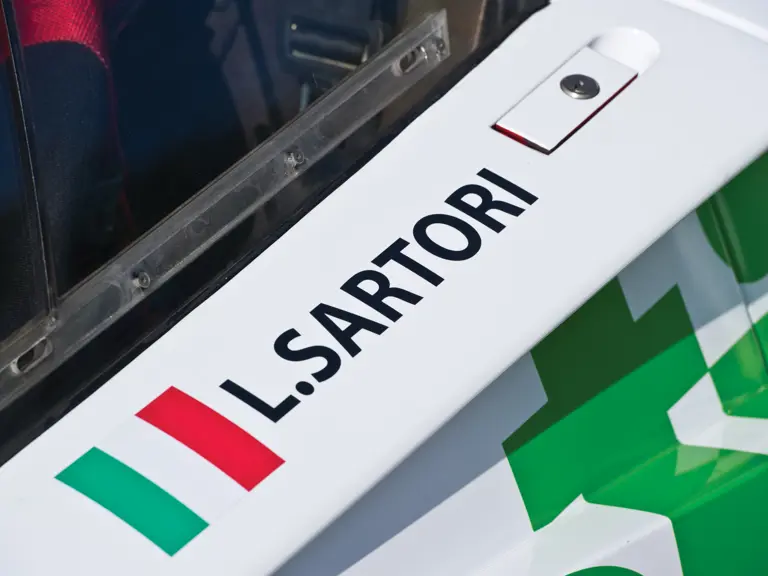
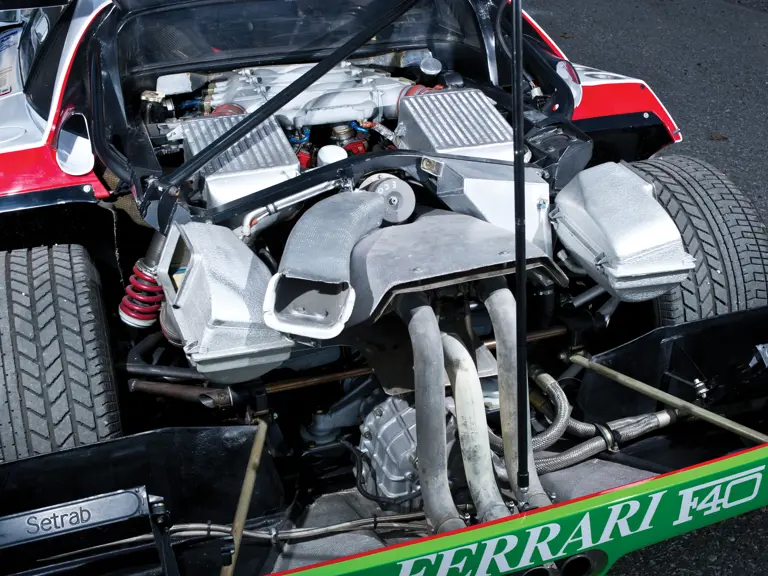


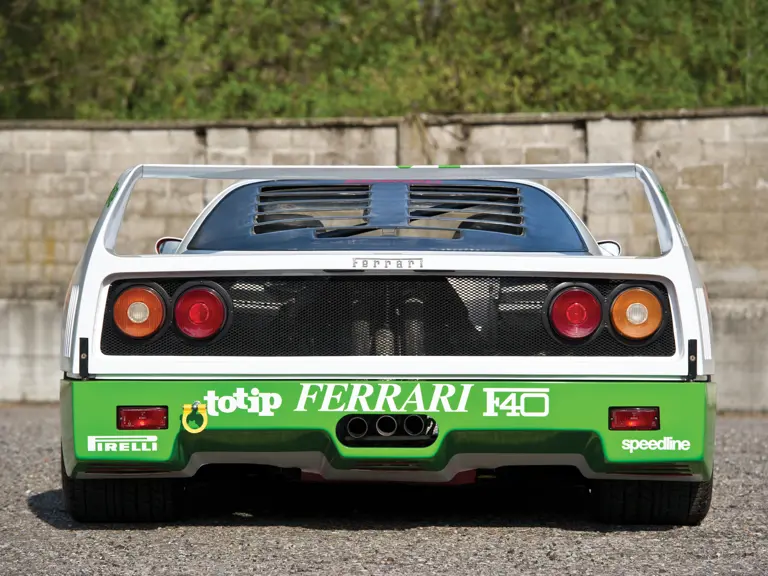
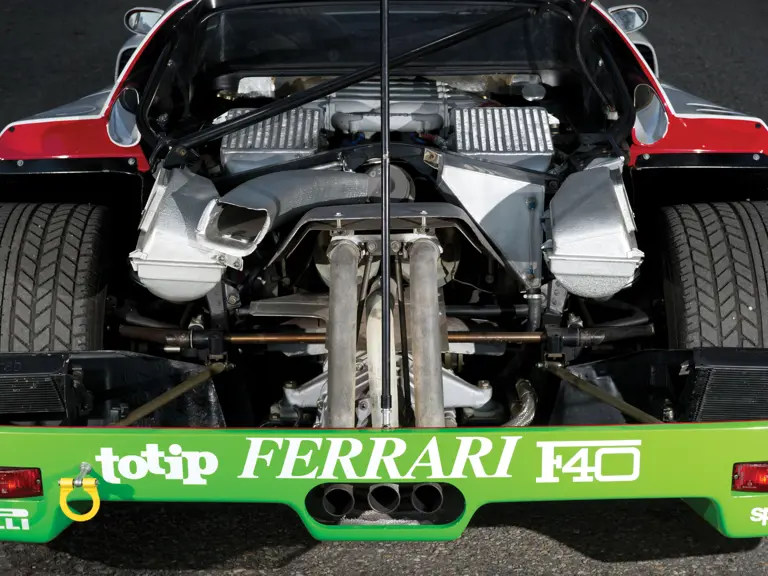
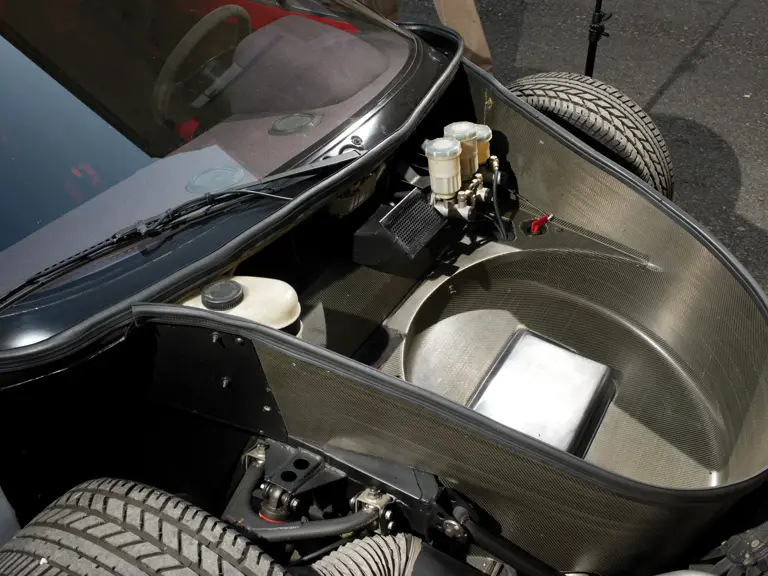
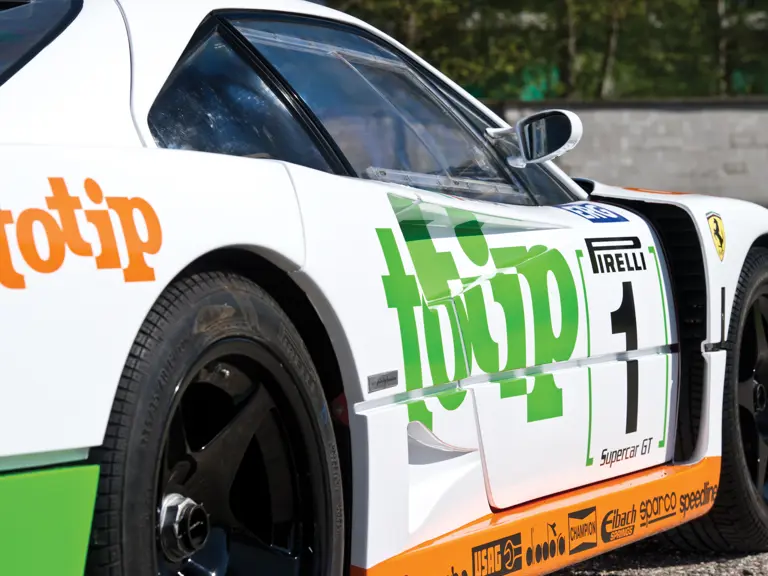

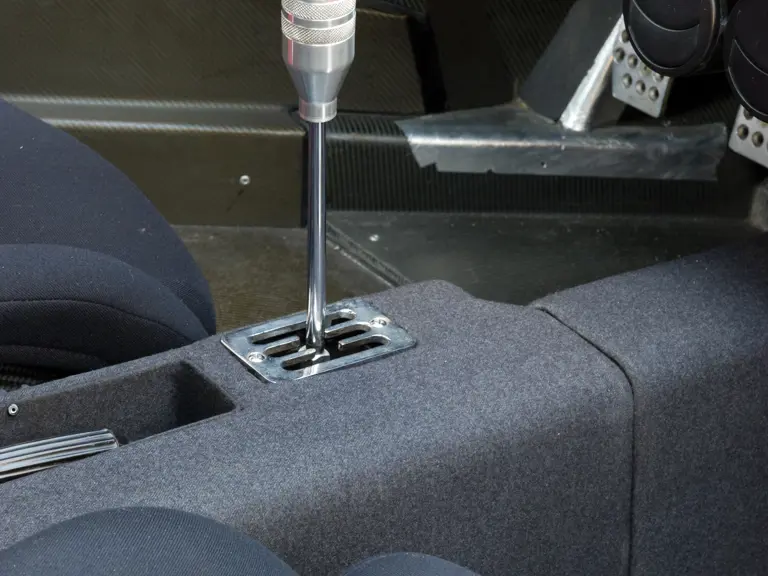
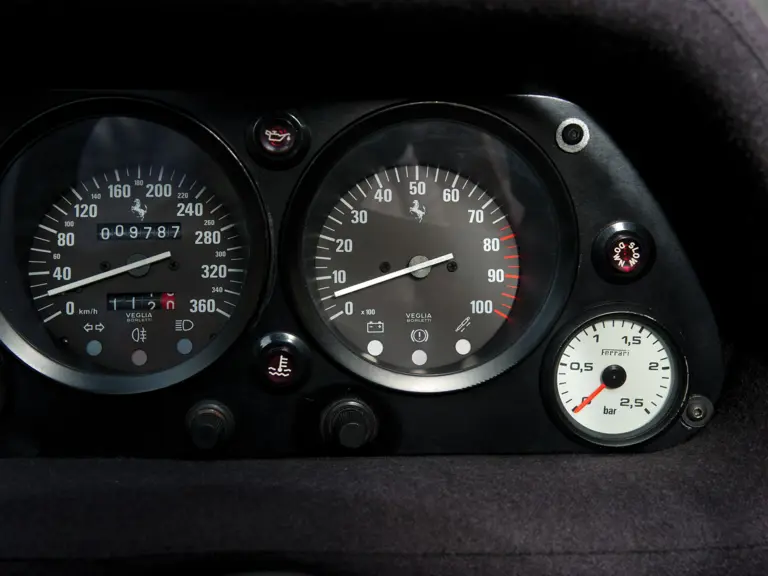
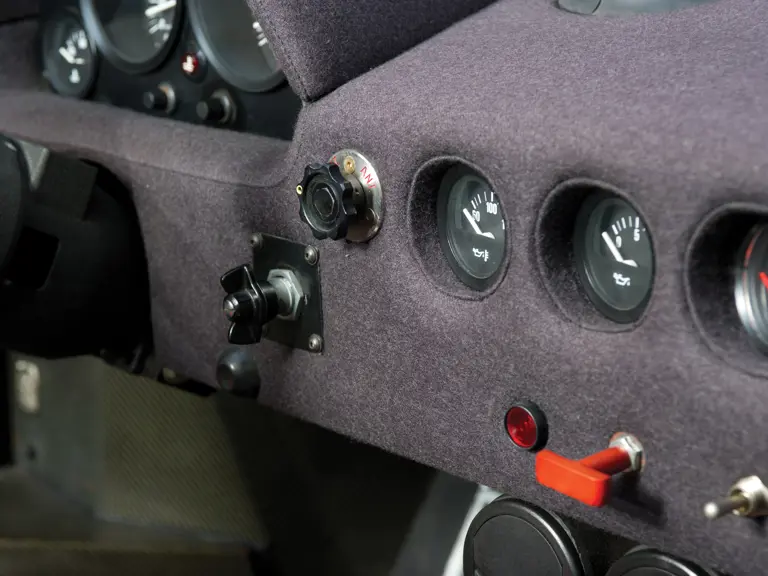

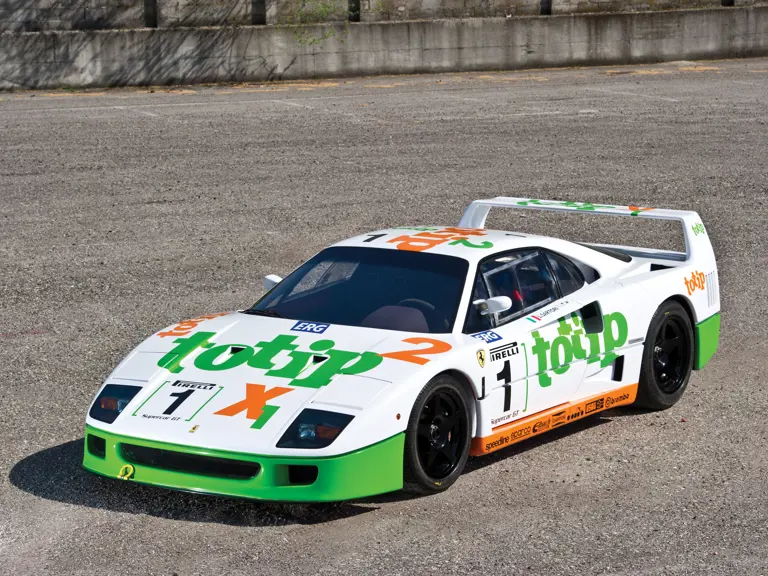
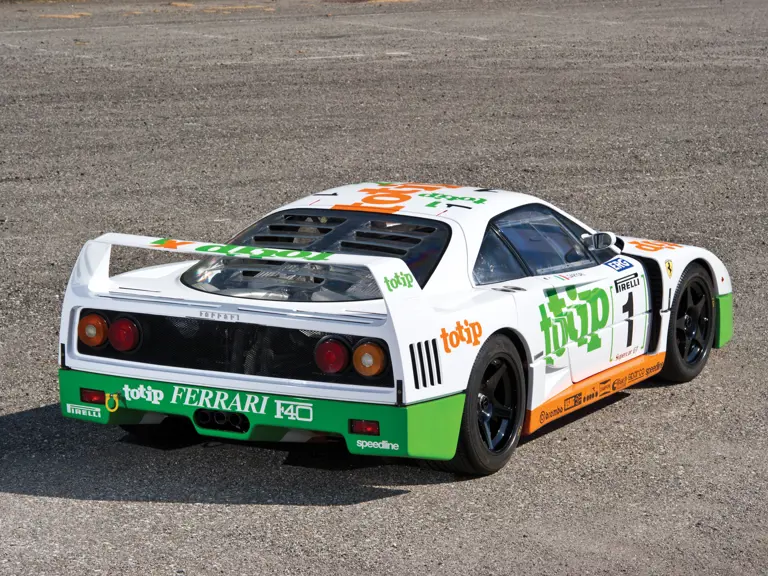
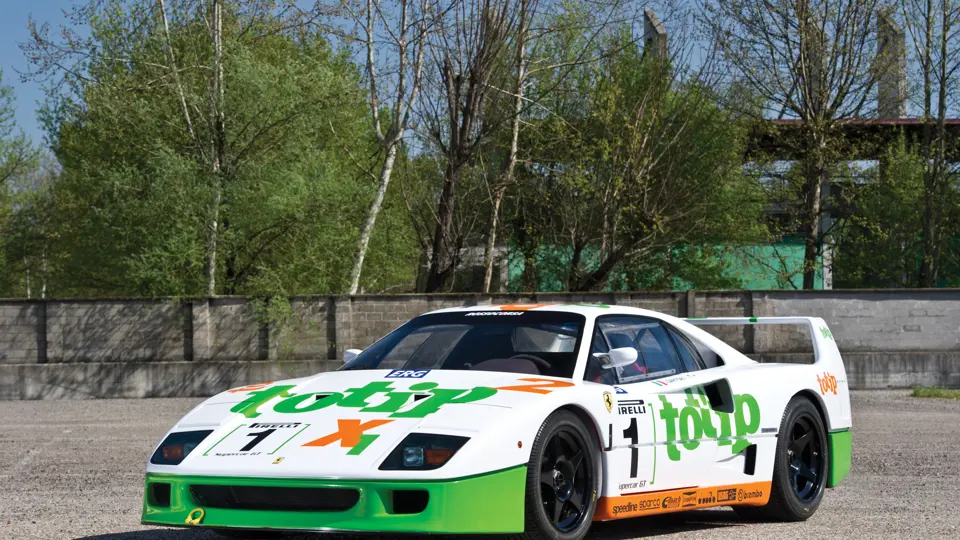
 | Monaco, Monaco
| Monaco, Monaco
